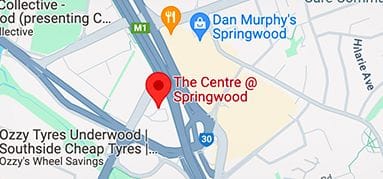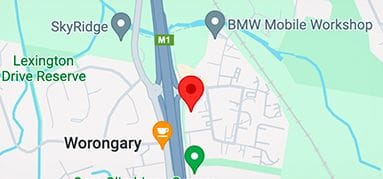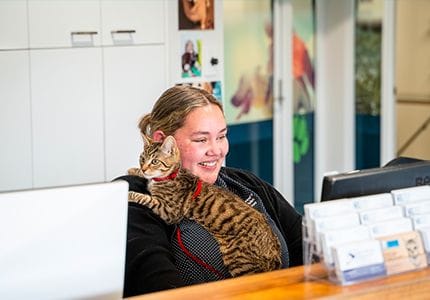This video, featuring Dr Chris Halman from our internal medicine team, discusses how to feed via an esophageal feeding tube, and how to care for the tube at home. It also explains what to watch out for in terms of any complications.
Feeding your pet via an esophageal feeding tube is a simple process that can be performed in the comfort of your own home. It can provide your pet with the nutrition and medications that they need, in an environment they are familiar with.
&geometry(278x56))






